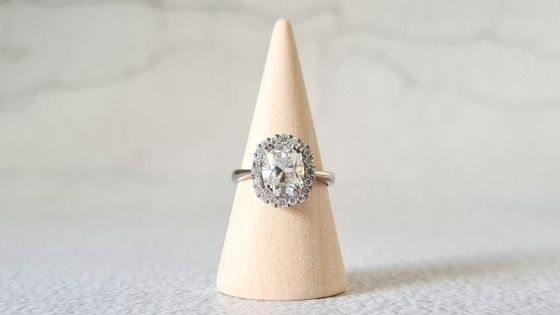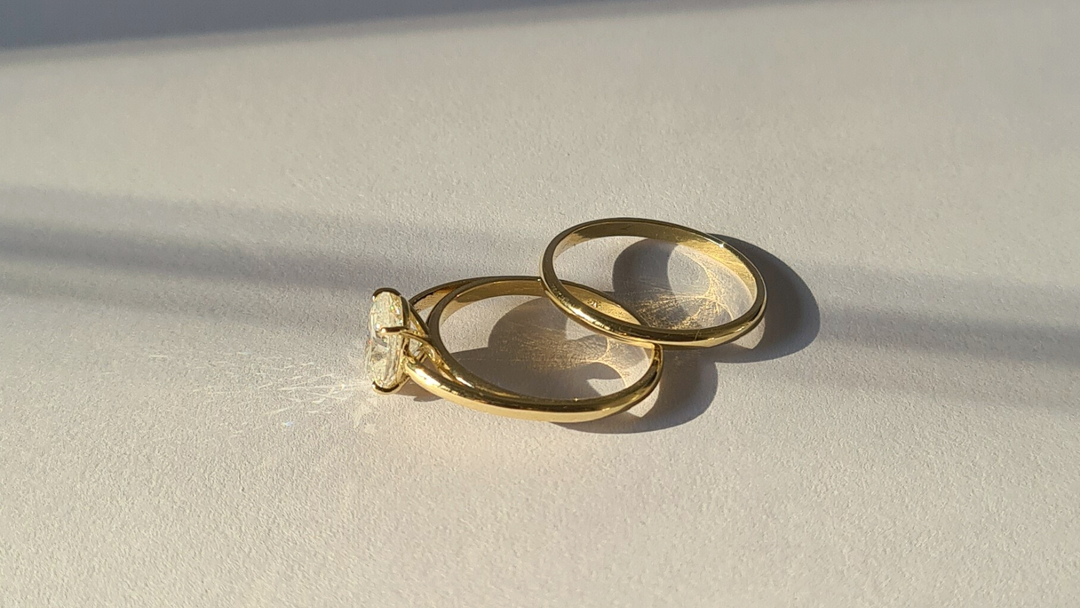Moissanites are a type of gemstone that have been capturing the attention of jewellery lovers for their remarkable brilliance and sparkle. While they may look like diamonds, moissanites have a unique story of their own that begins with a chance discovery in a meteorite crater and ends with sophisticated lab creation.
The story of moissanites begins in the late 19th century when a French scientist named Henri Moissan discovered tiny crystals of silicon carbide while investigating a meteorite crater in Arizona. He initially mistook the crystals for diamonds, but upon further examination, he realized that they were a new type of mineral. Despite his attempts to synthesize the mineral in a laboratory, it wasn't until the late 20th century that scientists were able to replicate the process and create silicon carbide gems that could be used in jewellery.
The initial discovery of moissanites was a significant moment in the world of gemstones, but it took several more decades before they became popular as an alternative to diamonds. In the 1990s, a company called Charles & Colvard began marketing moissanites as a more affordable and sustainable option for jewellery compared to diamonds. They were able to synthesize the gems in a laboratory and produce them for jewellery use, making them more accessible to consumers.
Today, moissanites are created using a process known as chemical vapor deposition, which involves using high temperatures, high pressure and chemical vapor to grow single crystal layers of silicon carbide. The process allows for the creation of high-quality moissanites with superior colour, clarity and brightness, making them a popular choice for those seeking a more affordable alternative to diamonds. Additionally, moissanites are an eco-friendly and sustainable option because they are not extracted from the earth, which can have a significant impact on the environment.
In terms of appearance, moissanites have a similar look and feel to diamonds with their brilliance and fire. The only difference is that moissanites have a slightly higher refractive index than diamonds, however, these characteristics are not noticeable to the naked eye and do not detract from the beauty of the gems.
Overall, moissanites have come a long way from their discovery in a meteorite crater to their current status as the most popular alternative to diamonds. With their affordability, eco-friendliness and brilliance, moissanites are a great option for those looking for a unique and special piece of jewellery. Whether you are looking for an engagement ring or a pair of earrings, moissanites are a beautiful and stylish choice that will make you feel confident and beautiful every time you wear them.





